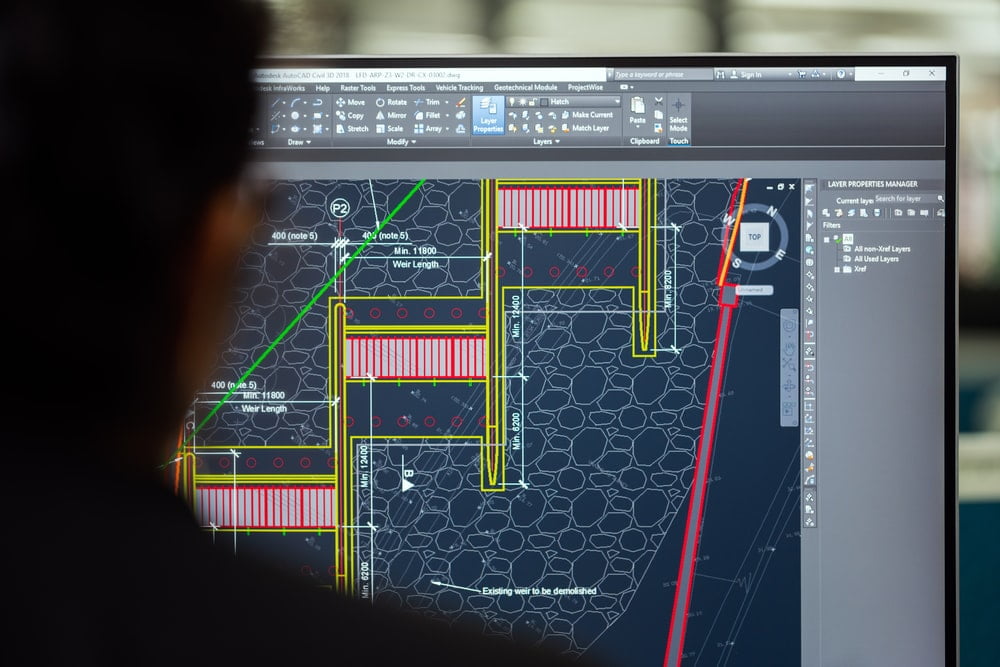
In today’s engineering landscape, hiring a competent CAD designer is crucial across various industries. This blog delves into the essential qualities and skills to look for when hiring a CAD designer, emphasizing the significance of both technical expertise and character traits in this role.
Understanding CAD Designing
CAD Designing, has revolutionized the way engineering designs are conceptualized and executed. Gone are the days of paper-based drawings; now, sophisticated software tools like AutoCAD, SolidWorks, and Revit dominate the design process, offering unparalleled capabilities and efficiencies.
Key Responsibilities of a CAD Designer
Technical Proficiency
A proficient CAD designer should demonstrate expertise in 2D drafting and 3D modeling software relevant to their specialization, such as AutoCAD for general drafting or SolidWorks for mechanical engineering projects.
Knowledge Base
Apart from software proficiency, a CAD designer must possess a strong foundation in mathematics, trigonometry, engineering principles, and industry standards, typically acquired through formal education or extensive experience.
Analytical Skills
The ability to analyze data and derive actionable insights is indispensable for CAD designers. This skill enables them to devise customized solutions tailored to diverse project requirements.
Desired traits in a CAD designer
Curiosity and learning agility
Curiosity fuels continuous learning and innovation in CAD design. A good CAD designer is always eager to explore new technologies, techniques, and methodologies to enhance their skills and stay abreast of industry advancements.
Self-confidence and assertiveness
Confidence in one’s abilities is essential for navigating complex design challenges. A confident CAD designer can assert their perspective effectively while remaining open to constructive feedback and collaboration.
Active listening and communication
Effective communication, coupled with active listening, is paramount for CAD designers. Understanding client needs, responding promptly to feedback, and articulating design concepts clearly are hallmarks of a skilled communicator in this role.
Adaptability and problem-solving
CAD designers must adapt to evolving technologies and industry trends, embracing change as an opportunity for growth. Moreover, their problem-solving prowess ensures that they deliver solutions that meet client expectations and project objectives effectively.
Team collaboration and independence
Collaboration is integral to CAD design projects, necessitating teamwork, knowledge sharing, and mutual support among team members. Simultaneously, CAD designers should demonstrate the ability to work independently, exercising autonomy and creative thinking in their design approach.
Time management and discipline
Effective time management, coupled with self-discipline, ensures that CAD designers meet project deadlines and deliver high-quality outcomes consistently. This discipline fosters a results-driven work ethic and client satisfaction.

Conclusion
Hiring a CAD designer involves assessing both technical competencies and personal attributes. A successful CAD designer embodies a blend of technical expertise, creative problem-solving, effective communication, and a proactive approach to learning and innovation. By prioritizing these qualities in the hiring process, businesses can secure proficient CAD professionals capable of driving design excellence and project success.
Now, tell us, would you like to work with our superstar team? If so, let’s have some words.



